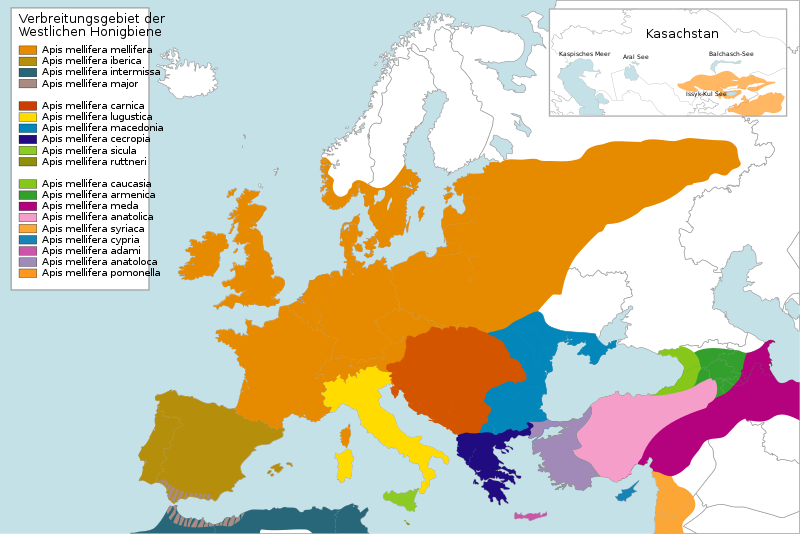I have looked into this issue a bit deeper in order to understand what is actually being said, and this is what I have found so far:
The problem starts with the name Apis mellifera mellifera (Linnaeus, 1758), the very name tells us that it is a sub species.
Linnaeus appears to describe Apis mellifera in 1758 (
http://www.biodiversitylibrary.org/title/b12066783#600 page 578) and that later authors have then described various sub species.
Looking at the
Nature Conservation (Scotland) Act 2004 http://www.jncc.gov.uk/default.aspx?page=3148 it states
"
Protection of Wildlife
Part 3 and Schedule 6 of the Act make amendments to the Wildlife and Countryside Act 1981, strengthening the legal protection for threatened species." I think the key word here is
species. What we are trying to protect is a sub-species.
So what is being said is "we [JNCC] want to protect [pure] species in their natural environments and maintain biodiversity"
We fall foul of that test by:
1/ It is not a full species
2/ There is no biodiversity, the bees are kept in man made containers with various treatments to eradicate or hinder any other wildlife (Varroa, woodpeckers, mice etc..) that want to interact with them.
Now if there were feral colonies.
Designate the area an SSSI
You would need a license to handle or keep the same species or more than likely banned from keeping them at all.
I feel that the only time (under current legislation) that any grounds would be made is if it could be determined that this type of bee is a species in its own right and described under ICZN rules. Then there may be room to negotiate.
Now it may be that Apis mellifera mellifera is indeed the true Apis mellifera as this was described by Carl Linnaeus when he was working and living within the understood range of todays AMM, so it could be argued that it is really AM and NOT AMM and everything else is a subspecies. But my understading of Italian is nil, so someone will have to do the work starting with translating his original paper (
http://www.biodiversitylibrary.org/title/b12066783#600 page 578) and then find the paper that describes AMM and that will tell you what AMM really is.
SICAMM
http://www.sicamm.org/WhatApis.html give a good description of what AMM really is as far as basic taxonomy.
Sorry Guys, war and peace from me, that's rare, but I am off sick and bored.







